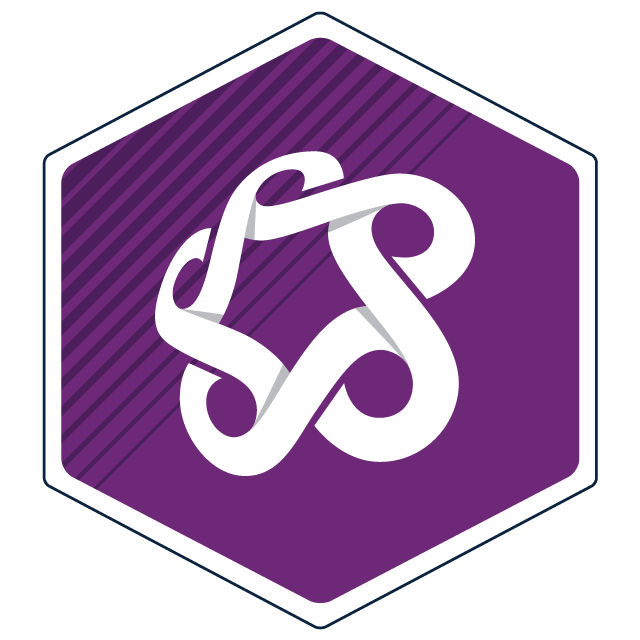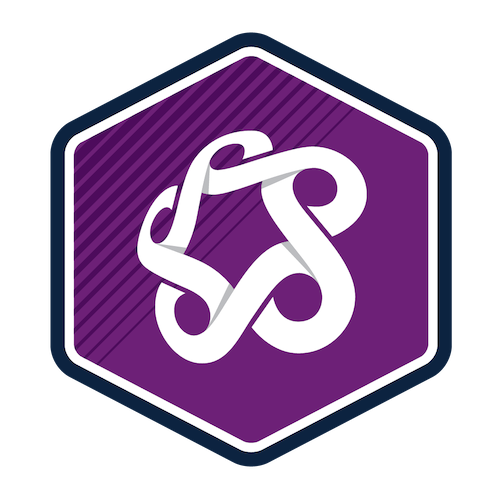Overview
A qualified talent pool is required to increase the scalability and affordability of carbon capture and storage (CCS) as a pathway to net zero. Workers who know how to design, construct, operate and maintain CCS infrastructure are needed.
This course covers the fundamental characteristics and properties of CO2, technical aspects and various means of transportation. We'll also explore the implications, benefits, limitations and regulations associated with the transportation of CO2.
Designed primarily for those with experience or currently employed in the transportation of gaseous and/or liquid CO2, this overview course expands your existing skills and knowledge to help you build a career in Canada’s emerging CCS industry. It is also relevant for anyone seeking to better understand the transportation of CO2 and its implications for Canada to meet net-zero goals.
This course is part of our Carbon Capture and Storage (CCS) micro-credential series, catered to energy services workers, engineers, geoscience professionals, operators, technologists or trades professionals looking to upskill.
You must complete ENVS 011 Introduction to Carbon Capture and Storage (CCS) before you can register for this course.
You must be a minimum of 18 years old by the time it begins.
Upon successful completion of this course, you’ll be able to:
- describe the fundamental characteristics and properties of CO2, including compression and hydraulics, and implications for CO2 transportation
- demonstrate an understanding of the technical readiness, benefits and limitations of CO2 transportation
- outline current and emerging regulations and standards that impact CO2 transportation
- explain the characteristics of carbon gas and compression as it relates to truck and pipeline transportation
- demonstrate an understanding of how to apply knowledge of the transportation of liquid CO2 to the selection, operation and maintenance of appropriate equipment transportation methods
- demonstrate an understanding of how the unique characteristics of supercritical CO2 inform considerations required for pipeline construction, operations and maintenance.
Upcoming dates
Select an available section and add it to your cart. When you're ready, proceed to check out to sign into your student account and complete your registration.
Don't have a student account? Let's set one up!
Registration closes seven days before the start date for on-campus, online scheduled, and blended courses, and one day before the start date for online self-paced courses.
After you've completed this course
Upon successful completion of this course, you'll be able to self-print a proof of completion document from your Continuing Education student account.
Micro-Credential
Aligned to current industry standards, SAIT’s micro-credentials develop practical, real-world skills and include competency-based testing. Earning a SAIT micro-credential demonstrates to employers you have the required competencies — both skills and knowledge — to get the job done.

Students who successfully complete this course with a final grade of A- (80%) or higher will earn a micro-credential and receive a shareable digital badge.
Costs
Textbook and reading list
All required course materials are included in your tuition fees.
Technology
To be successful in this course, you’ll need:
- Access to your own computer or laptop with standard hardware/software requirements.
- Internet access
Financial support
Financial opportunities are available to help pay for your course fees. Learn more about how to reduce your education or training costs with available awards, bursaries, loans and grants, including the Canada Alberta Productivity Grant.
Applicable certificates
This course applies to the following certificate programs:

Train your team
Interested in group training opportunities for this course? Tell us about your organization's needs, and one of our training consultants will contact you within one business day.

Oki, Âba wathtech, Danit'ada, Tawnshi, Hello.
SAIT is located on the traditional territories of the Niitsitapi (Blackfoot) and the people of Treaty 7 which includes the Siksika, the Piikani, the Kainai, the Tsuut’ina and the Îyârhe Nakoda of Bearspaw, Chiniki and Goodstoney.
We are situated in an area the Blackfoot tribes traditionally called Moh’kinsstis, where the Bow River meets the Elbow River. We now call it the city of Calgary, which is also home to the Métis Nation of Alberta.
